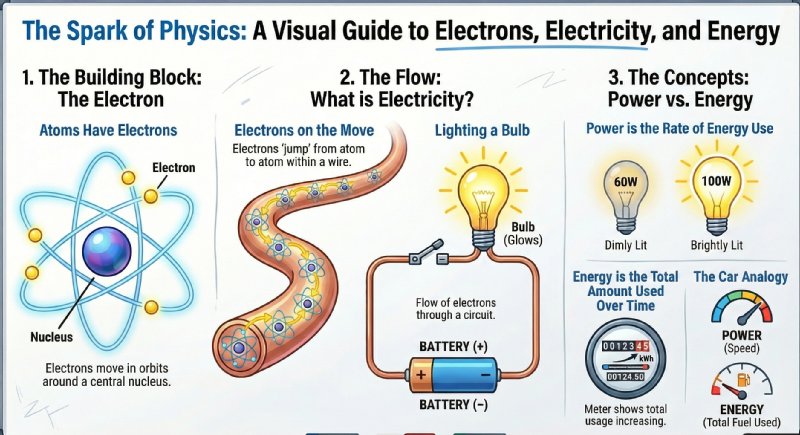
Search from over 6,50,000+ Tutors, Trainers and Training Institutes
What do you want to learn?
No Matching Category Found x
Please select a Categoryx
Where do you need it?
Please select a Locationx
How UrbanPro works

Post your requirement

Get customized responses

Compare & hire smartly
Find best Tutors, Trainers & Training Institutes for your requirement on India's Favourite Learning Destination.
Post your Requirement
Show previous answers 

Kanchan Dutt replied | 21 hrs ago
For any non-zero value, (x/x = 1) because a number divided by itself is 1.
If the denominator is 0 then the value is undefined. Thus, at x=0, x/x is undefined.
As (x) gets closer and closer to 0, ie, the limit of x tends towards 0, the value of (x/x) stays at 1, but at (x = 0) it is undefined.
So, x/x is not always equal to 1.

Show previous answers 

Suneeta replied | 11 hrs ago
A yoga teacher is not merely an instructor of postures, but a guide for holistic transformation. Effective teaching skills ensure:
Safety
Trust
Discipline
Growth of both teacher and student
A yoga teacher must plan each session systematically:
Well-structured lesson plan
Individual and group lesson planning
Step-by-step progression (simple to complex)
Time management and logical sequencing
A planned class builds confidence in both teacher and students.

Rajesh Kumar N replied | 4 hrs ago
Important teaching skills of a yoga teacher:
Clear communication
Correct demonstration of asanas
Knowledge of anatomy & safety
Observation and correction skills
Breath and relaxation guidance
Empathy and patience
Class planning and time management
Show previous answers 

Pranjali Saxena replied | 1 day ago


Gauri replied | 7 hrs ago
An electron is a very small particle present in an atom moves around the nucleus of the atom. It has negative charge.
Electricity is the continuous flow of electrons through a conductor like a copper wire.
Electric current tells us how fast electron are flowing.
Power tells us how fast electrical energy is being used.
Energy tells us the total amount of electricity used over time.
Diffrence between power and energy is power is rate of using electricity and energy is total electricity used.
Thousands of experts Tutors, Trainers & other Professionals are available to answer your questions
Ask a ProHow it works for Tutors & Training Institutes
![]()
Create Free Profile
Upload Photos, Portfolio, Certificates, Add Description, Qualification, Achievements to Help students Discover You
![]()
Teach Students Online / Offline
Use world class tools for FREE to teach Students across India and globally. Get Training support and Marketing support to get steady stream of Students to teach.
![]()
Earn a steady income
Earn handsomely based on the number of Students you teach. Top Tutor Partners earn ₹ 40,000 to ₹ 1,50,000 per month.
Requirements by Customers
Post requirement and connect with the tutors in your locality

Find best tutors, trainers & institutes near you on UrbanPro
Post your learning requirement
Parvathy R Nair replied | 1 day ago
Depends entirely on what the value of x is.